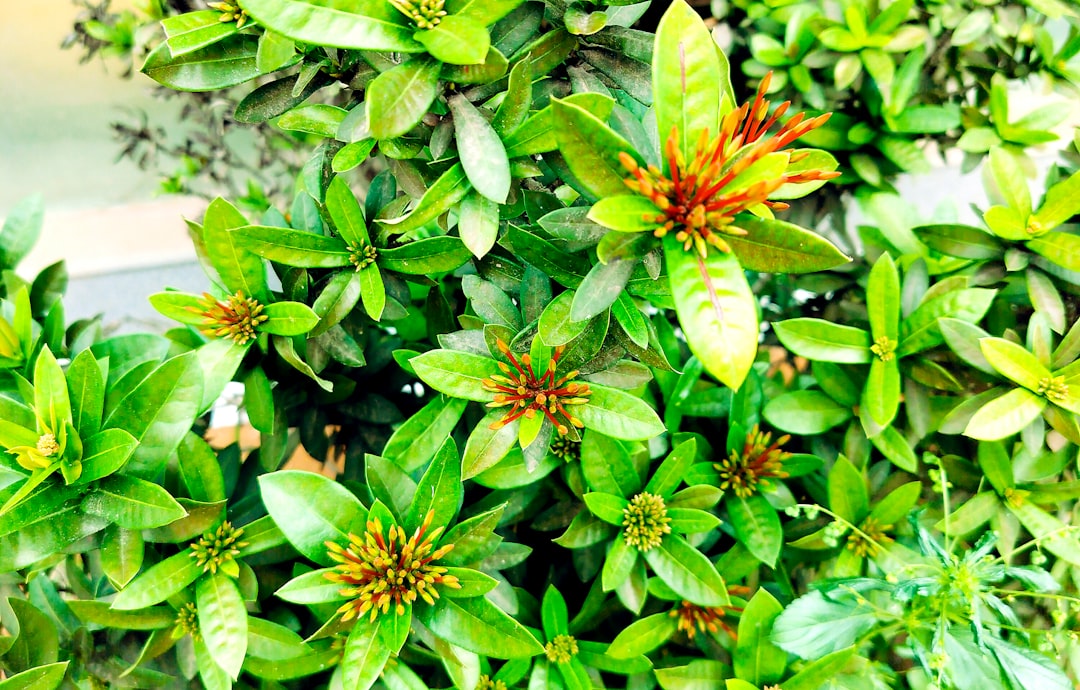Brighten Your Winter with Indoor Gardening

As the days grow shorter and the nights longer, and the cold forces us to stay indoors, the lack of sunlight and fresh air can often leave us feeling a bit down. However, there's a simple and effective way to bring a touch of nature and a boost of mood into your living space: indoor gardening with houseplants. These green companions not only add a pop of color and life to your home but also offer a range of benefits that can help you combat the winter blues.
One of the most significant advantages of having houseplants indoors is their ability to improve air quality. During the winter months, we tend to keep our windows closed to keep the cold out, which can lead to a buildup of pollutants and stale air. Houseplants act as natural air purifiers, absorbing harmful chemicals such as formaldehyde, benzene, and trichloroethylene from the air and releasing clean oxygen. Some of the best air - purifying houseplants include the snake plant, peace lily, and spider plant. The snake plant, also known as Sansevieria, is particularly hardy and can thrive in low - light conditions, making it an ideal choice for winter indoor gardening.
Houseplants can also have a positive impact on our mental health. The act of caring for plants can be a form of mindfulness, allowing us to focus on the present moment and reduce stress and anxiety. As we water, prune, and tend to our plants, we are reminded of the beauty and resilience of nature. Studies have shown that being around plants can lower blood pressure, improve concentration, and increase feelings of well - being. For example, having a small succulent on your desk can provide a constant source of visual pleasure and a reminder to take a break and relax.
When it comes to choosing the right houseplants for winter, it's essential to consider the lighting conditions in your home. Most homes receive less sunlight during the winter, so opt for plants that can tolerate low - light environments. Pothos is a popular choice as it has long, trailing vines and can grow well in areas with indirect light. Another option is the ZZ plant, which has thick, waxy leaves and is extremely drought - tolerant, making it suitable for those who may forget to water their plants regularly.
Proper care is crucial for the health of your houseplants during the winter. Since the air is drier indoors due to heating systems, it's important to increase the humidity around your plants. You can do this by placing a tray of water near the plants or using a humidifier. Be careful not to over - water your plants, as the soil may take longer to dry out in the cooler temperatures. Check the soil moisture regularly by sticking your finger about an inch into the soil. If it feels dry, it's time to water.
Indoor gardening can also be a fun and creative activity. You can experiment with different types of planters and arrange your plants in unique ways to create a visually appealing display. Grouping plants together not only looks aesthetically pleasing but also helps to create a micro - environment with higher humidity. You can use decorative pots, terrariums, or even repurpose old containers to give your plants a personalized touch.
In addition to the practical and aesthetic benefits, houseplants can also be a source of inspiration. Watching your plants grow and thrive during the cold winter months can give you a sense of accomplishment. You can learn about different plant species, their growth habits, and how to propagate them. For instance, propagating a new plant from a cutting is a rewarding experience that allows you to expand your indoor garden without having to buy new plants.
In conclusion, indoor gardening with houseplants is a wonderful way to bring the beauty and benefits of nature into your home during the winter. Whether you're a seasoned gardener or a beginner, there are plenty of options to choose from, and the rewards are well worth the effort. So, why not start your own indoor garden today and say goodbye to the winter blues?